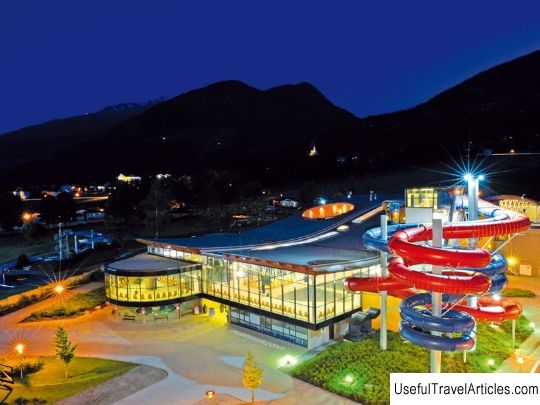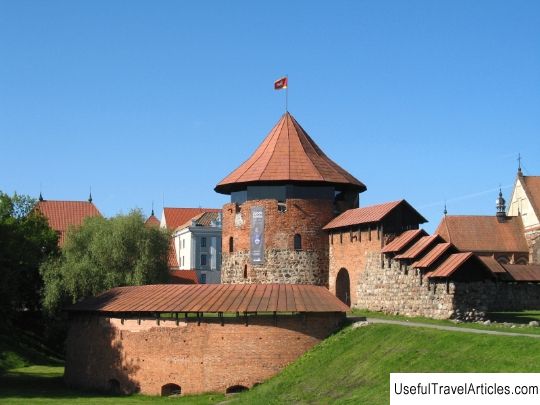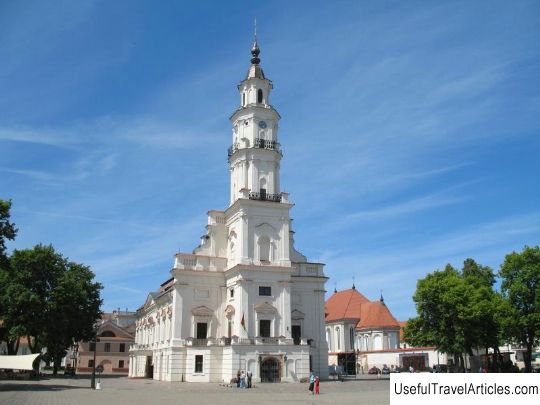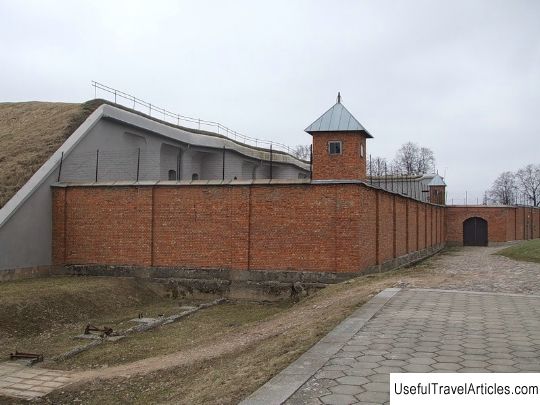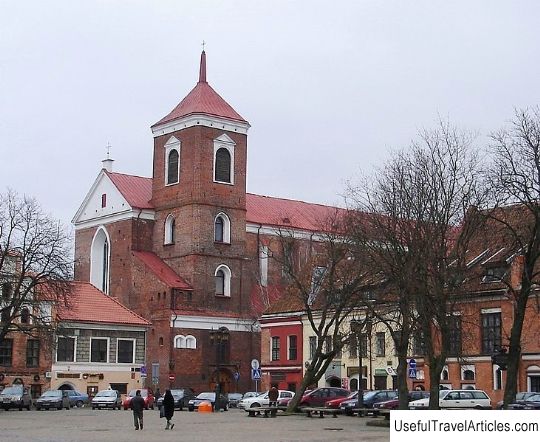House of Perkunas (Perkuno namas) description and photos - Lithuania: Kaunas
Rating: 8,5/10 (1322 votes) 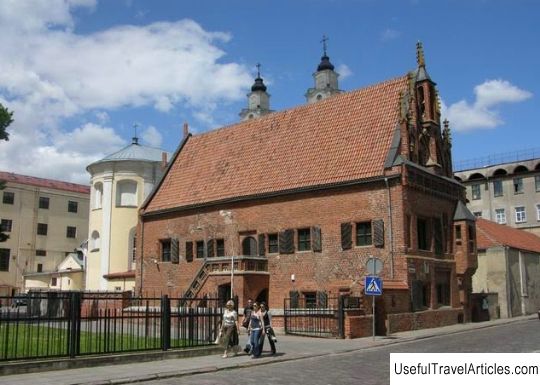
House of Perkunas (Perkuno namas) description and photo - Lithuania: Kaunas. Detailed information about the attraction. Description, photographs and a map showing the nearest significant objects. The title in English is Perkuno namas. Photo and descriptionPerkunas House is located in Kaunas. It was built in the 15th century. It is an example of late Gothic, which is also called "fiery". This style is characterized by richness of forms, abundance of details and perfection of lines. The house is built of red brick and looks like a very powerful and even somewhat squat building, which you can not only look at, but also visit inside, which in itself can impress every lover of antiquity. Perkunas House is also called "Medieval relic". They were especially interested in him in the 19th century, when a bronze statuette of the pagan god Parkunas or Parkunas was discovered (and later lost) in its wall. In Baltic mythology, this is the name of the god of thunder. It was announced that this building was a pagan temple of this god. This beautiful version was so strong that the house is named after Perkunas to this day. In addition, the famous building is firmly associated with the pagan religion of the Lithuanian principality and is even called the “sanctuary of the thunderer god”, forgetting the fact that the pagans never erected buildings in the fiery Gothic style and, importantly, Lithuania was already baptized in the XIV century. Originally the house included two parallel buildings, which had a common main wall. One of the buildings served as a warehouse. It was destroyed in the 18th century. According to the researchers, the existing two-storey Gothic house with a basement was built as an office-warehouse of the Hansa merchants. Its layout is typical of a public building (there was no kitchen). The preserved main building has a rectangular shape in plan. Both floors are divided into three parts by two main walls. Representative premises were located on the second floor. The house was reconstructed several times, especially in the 17th and 18th centuries, but the main front facade remained in the Gothic style. It is characterized by an extraordinary originality and splendor of the composition, which consists of two main parts. It is an asymmetrically executed wall with a glazed bay window (ledge in the wall) and niches and a symmetrical pediment. They are separated by a wide picturesque frieze with additional mesh ornamentation made of shaped bricks. The pediment is decorated in a spatial relief style and consists of five verticals, ending with decorative pinnacles and connected with the plane of the pediment. An open bay window accentuates the middle vertical. The planes between the verticals are filled with embossed arches, intertwined with irregular, small niches and windows. The decoration of the pediment consists of sixteen different types of bricks with a complex profile. The steep roof has antique tiles. On the north wall, you can see traces of a house of the same size and silhouette that once stood here. They were discovered by archaeologist K. Myakas, who carried out research on the building. In 1965-1968 the house was restored and partially reconstructed. The author of the restoration project was the architect D. Zariackiene. After the restoration of independence, the Perkunas house was returned to the Jesuits, who owned the building after the First World War. Now the house belongs to the Jesuit gymnasium in Kaunas. Here is an exposition that tells about the life and creative path of the great poet-novelist, one of the main symbols of Lithuanian culture, Adam Mitskevich, who has lived for several years in Kaunas (formerly Kovno). There is also a hall for concerts and exhibitions, theatrical excursions are organized. Due to the uniqueness of its composition, the Perkunas' house is one of the most valuable Gothic architectural monuments in Lithuania.     We also recommend reading Germanisches Nationalmuseum description and photos - Germany: Nuremberg Topic: House of Perkunas (Perkuno namas) description and photos - Lithuania: Kaunas. |
